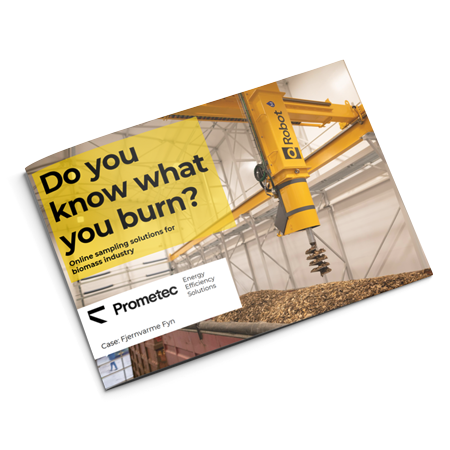We collected five of the most common questions about automated sampling we hear at the fair.
1. What are the benefits of Q-Robot?
• Q-Robot provides representative samples directly from the load before unloading. Using the Q-Robot increases safety at work and significantly speeds up the time spent on trucks in the factory area. The Q-Robot is fully automatic and takes samples at random according to EN-18135. Sampling one full-size truck takes less than 10 minutes and from the semi-trailer under 8 minutes.
2. Does the Q-Robot measure anything?
• Fully automatic Q-Robot uses machine vision as one of its controls. The Q-Robot also has an integrated camera that monitors the load capacity. The Q-Robot software receives input data on biomass quality, load weight, supplier and truck size. Each car is individually identified in the system and the Q-Robot knows their volume. Based on this information, soon, we can generate computational moisture data and volume information from each load that can be used to control logistics and optimize the combustion process. This is in piloting stage.
3. What is included in the delivery?
• We want to provide our customers with easy access to turnkey turnkey delivery, including a sampling hall, Q-Robot and, if needed, sample processing equipment that is scalable to the customer’s needs and automated. The sampler and sampling equipment have been manufactured, assembled and tested in Kajaani, ensuring rapid installation and commissioning at the power plant.
4. What kind of material does Q-Robot get samples from?
• The Q-Robot is capable of sampling many different types of crushed and granular materials with a particle size of less than 150 mm. The auger is always clean and the material is never mixed between suppliers or species.
5. What happens after sampling?
• After the Q-Robot has collected a (biomass) standard sample, it is dropped to the specified coordinates. In most cases, samples are dropped into supplier and quality-specific mixer tanks, where a daily sample is formed. At its simplest, samples are dropped into a bucket with a plastic bag and the truck driver visits and takes them to an agreed location to wait for laboratory tests.







